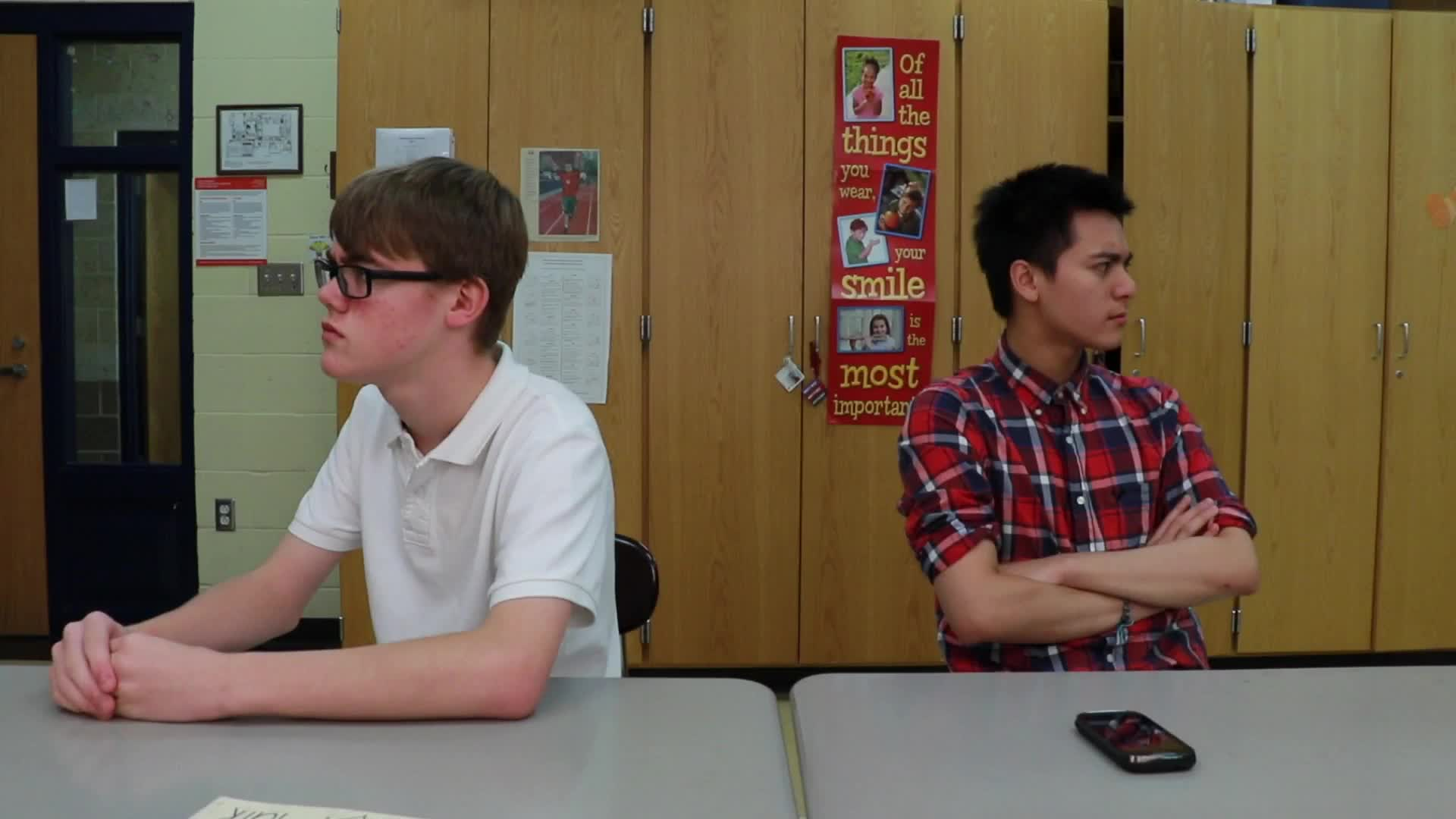
As educators, we often witness conflicts among students that arise from misunderstandings or disagreements. Teaching students how to communicate effectively and resolve conflicts is an essential part of their social-emotional development. In this blog post, we will explore a no-prep activity that encourages open communication, discuss related questions, and suggest further skills for students to develop.
No-Prep Activity: The Conflict Resolution Role Play
This activity requires no preparation or materials and can be easily implemented in any classroom setting. The purpose of this activity is to help students practice effective communication and conflict resolution skills in a safe environment.
- Divide students into pairs.
- Ask each pair to think of a common conflict scenario they might encounter with their friends (e.g., disagreements about plans, hurt feelings, etc.).
- Have one student in each pair play the role of the person who initiates the conflict, while the other student plays the role of the person who responds.
- Allow pairs to role-play their scenario, encouraging them to use open communication and active listening to resolve the conflict.
- Afterward, have the pairs switch roles and repeat the process with a new conflict scenario.
- Conclude the activity by discussing the strategies used and the outcomes of each scenario.
Discussion Questions
Use these questions to stimulate further discussions about communication and conflict resolution:
- How did it feel to be in a conflict situation? Were you able to empathize with the other person’s point of view?
- What strategies did you find most effective in resolving the conflict? How can you apply these strategies in real-life situations?
- How did active listening help in understanding the other person’s perspective and finding a solution?
- What are some common barriers to effective communication, and how can we overcome them?
- How can taking a break to calm down and think about the other person’s perspective help in resolving conflicts?
Related Skills
Effective communication and conflict resolution are just two of the many skills that students can develop as part of their social-emotional learning journey. Other related skills include:
- Empathy: Understanding and sharing the feelings of others.
- Active Listening: Paying close attention to what others are saying to comprehend their message fully.
- Emotion Regulation: Managing one’s emotions to respond appropriately in various situations.
- Assertiveness: Expressing one’s thoughts, feelings, and needs in a respectful and confident manner.
- Collaboration: Working together with others to achieve a common goal.
Next Steps
Now that you have an understanding of effective communication and conflict resolution, we encourage you to explore more social-emotional learning activities for your students. Take the first step by signing up for free sample materials at Everyday Speech. These resources will help you create a supportive and inclusive learning environment where students can develop essential life skills.

